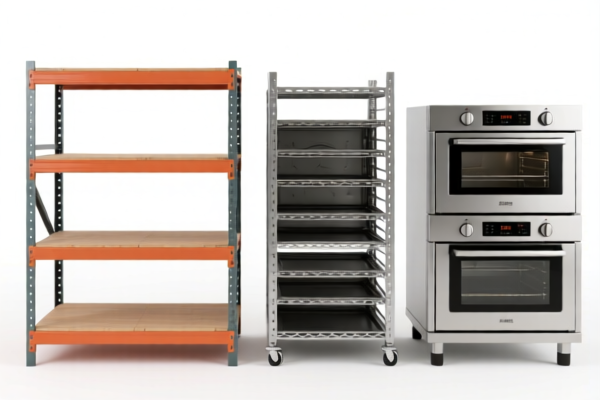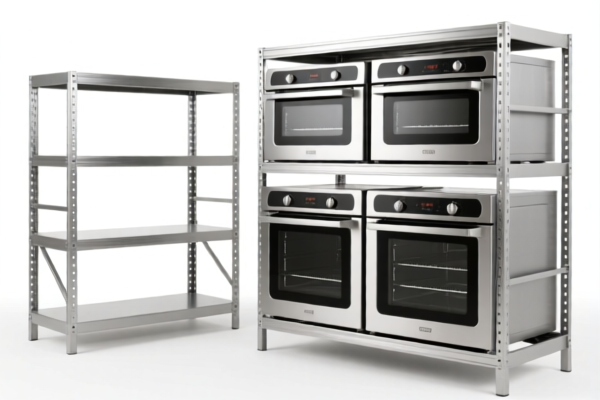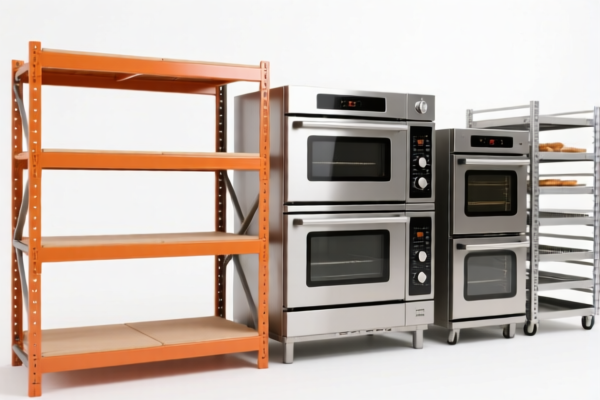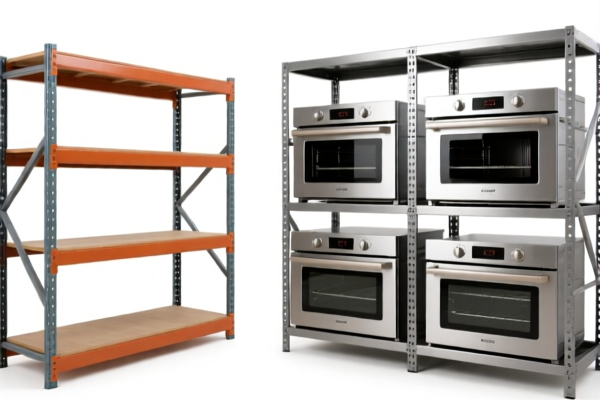| HS Code | Official Doc | Tariff Rate | Origin | Destination | Effective Date |
|---|---|---|---|---|---|
| 8304000000 | Doc | 33.9% | CN | US | 2025-05-12 |
| 9403999020 | Doc | 80.0% | CN | US | 2025-05-12 |
| 9403200075 | Doc | 80.0% | CN | US | 2025-05-12 |
| 9402900020 | Doc | 30.0% | CN | US | 2025-05-12 |
| 8301500000 | Doc | 40.6% | CN | US | 2025-05-12 |
| 8301406060 | Doc | 43.2% | CN | US | 2025-05-12 |
| 8302496085 | Doc | 85.7% | CN | US | 2025-05-12 |
| 8302496055 | Doc | 85.7% | CN | US | 2025-05-12 |
| 7314496000 | Doc | 80.0% | CN | US | 2025-05-12 |
| 7314493000 | Doc | 80.0% | CN | US | 2025-05-12 |
| 7326200090 | Doc | 83.9% | CN | US | 2025-05-12 |
| 7326908688 | Doc | 82.9% | CN | US | 2025-05-12 |
| 3923900080 | Doc | 58.0% | CN | US | 2025-05-12 |




Wire Rack Box
A wire rack box, also known as a wire basket with a lid, is a storage container constructed from metal wires, typically steel, and featuring an enclosed design with a lid. These boxes are versatile storage solutions used across diverse applications.
Material
The primary material is metal wire, most commonly:
- Steel: Offers high strength and durability. Often coated with finishes like chrome, powder coating, or zinc for corrosion resistance.
- Stainless Steel: Used in applications requiring hygiene and resistance to harsh environments (e.g., food service, medical).
- Galvanized Steel: Provides a cost-effective corrosion-resistant option.
The lid is usually made of the same wire material as the box, sometimes with plastic components for handles or locking mechanisms. Some lids may be constructed of solid metal sheet or plastic.
Purpose
The primary purpose is secure storage and transport of items. The enclosed design protects contents from dust, damage, and, depending on the construction, theft. The wire construction allows for visibility of the contents.
Function
- Containment: Keeps items organized and prevents them from shifting during transport.
- Protection: Shields contents from minor impacts and environmental factors.
- Visibility: Allows for quick identification of stored items without opening the box.
- Stackability: Many designs are engineered to stack efficiently, maximizing space utilization.
- Ventilation: The wire construction promotes airflow, important for storing items that require drying or temperature regulation.
- Security: Lids often feature locking mechanisms (padlocks, latches) to prevent unauthorized access.
Usage Scenarios
- Retail: Displaying and storing merchandise, particularly produce, baked goods, or small parts.
- Warehousing & Logistics: Transporting and storing parts, tools, or documents.
- Food Service: Storing and transporting food items, produce, or kitchen supplies.
- Manufacturing: Holding and moving components, tools, or finished products.
- Home Organization: Storing produce in pantries, organizing supplies in garages, or transporting items.
- Security: Transporting valuables or sensitive documents.
- Medical: Storing and transporting medical supplies and instruments.
Common Types
- Standard Wire Rack Boxes: Basic rectangular or square boxes with a hinged or removable lid.
- Stackable Wire Rack Boxes: Designed with interlocking features for secure stacking.
- Collapsible Wire Rack Boxes: Can be folded flat for easy storage when not in use.
- Lockable Wire Rack Boxes: Feature integrated locking mechanisms for enhanced security.
- Produce Boxes: Specifically designed for the storage and display of fruits and vegetables, often with ventilation holes.
- Security Cages: Larger, heavy-duty versions with robust locking systems, used for transporting high-value items.
- Custom Wire Rack Boxes: Fabricated to specific dimensions and configurations to meet unique storage needs.
- Pallet Rack Boxes: Designed to fit on standard pallets for efficient forklift transport.
The declared goods, “wire rack box”, can be classified based on material, use, and function. It appears to be a container constructed from wire, potentially used for storage or conveyance of goods.
The following HS codes are relevant based on the provided reference material:
- 7314.49.60.00: This HS code falls under Chapter 73, which covers articles of iron or steel. Specifically, it covers cloth (including endless bands), grill, netting and fencing, of iron or steel wire; expanded metal of iron or steel. The subheading 49.60.00 refers to other grill, netting and fencing, cut to shape. This could apply if the wire rack box is formed from cut netting or fencing.
- 7326.20.00.90: This HS code is under Chapter 73, covering other articles of iron or steel. Specifically, it covers articles of iron or steel wire. This is a broad category that could encompass a wire rack box constructed from steel wire.
- 3923.90.00.80: This HS code falls under Chapter 39, which covers plastics. Specifically, it covers other articles for the conveyance or packing of goods, of plastics. If the wire rack box incorporates plastic components (e.g., corners, bases, lids), this HS code may be applicable.
- 7314.49.30.00: This HS code falls under Chapter 73, covering cloth (including endless bands), grill, netting and fencing, of iron or steel wire; expanded metal of iron or steel. The subheading 49.30.00 refers to other grill, netting and fencing, not cut to shape. This could apply if the wire rack box is formed from netting or fencing that is not cut to shape.
Regarding HS code 7314.49.60.00 and 7314.49.30.00, the classification depends on whether the wire netting or fencing is cut to shape for the box's construction.
Regarding HS code 3923.90.00.80, if plastic components are present, the overall composition and function of the box will determine its suitability. A basic tax rate of 3.0%, a surcharge of 25.0%, and a tax rate of 30.0% after 2025.4.2 apply.
Customer Reviews
No reviews yet.